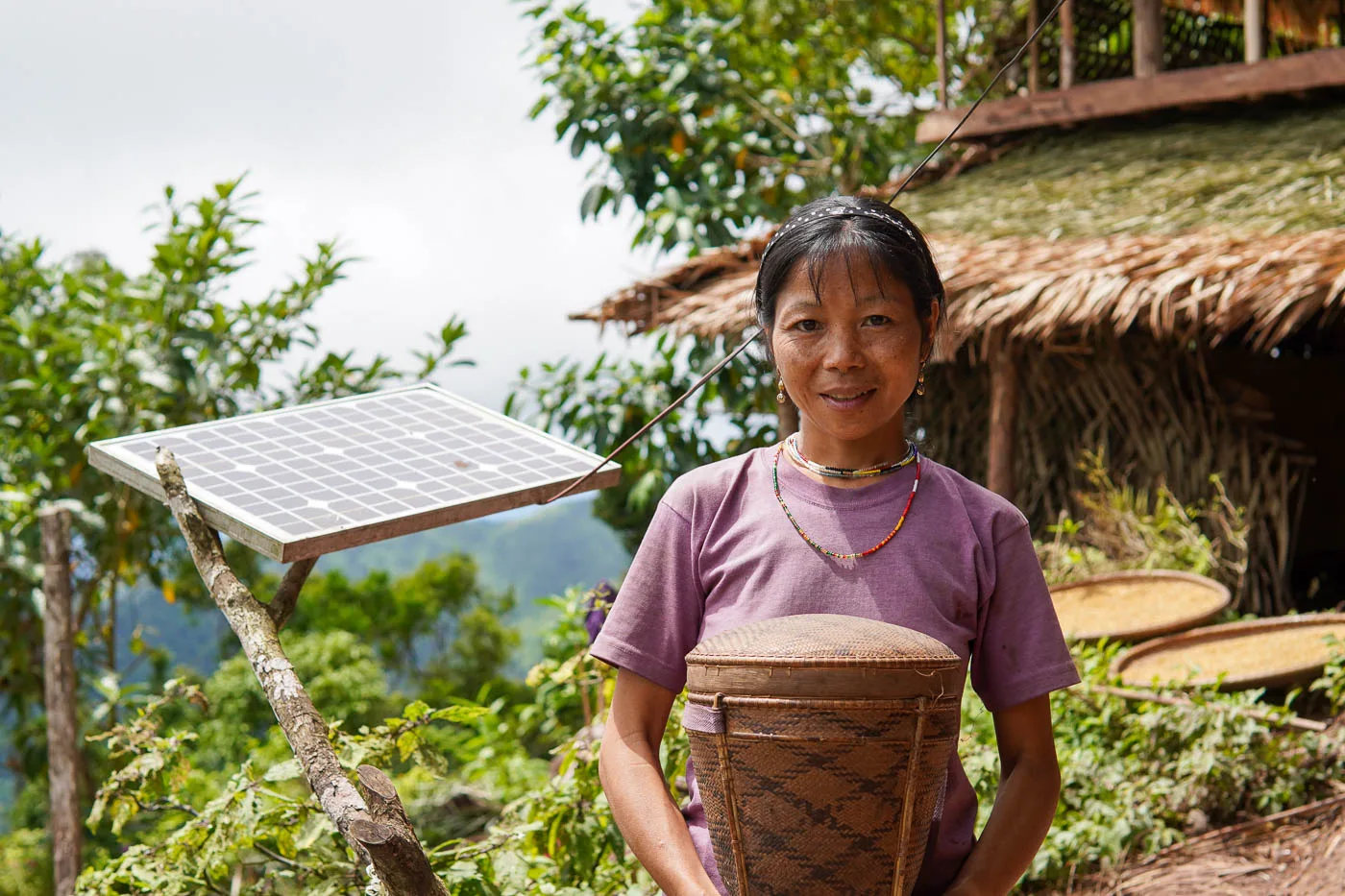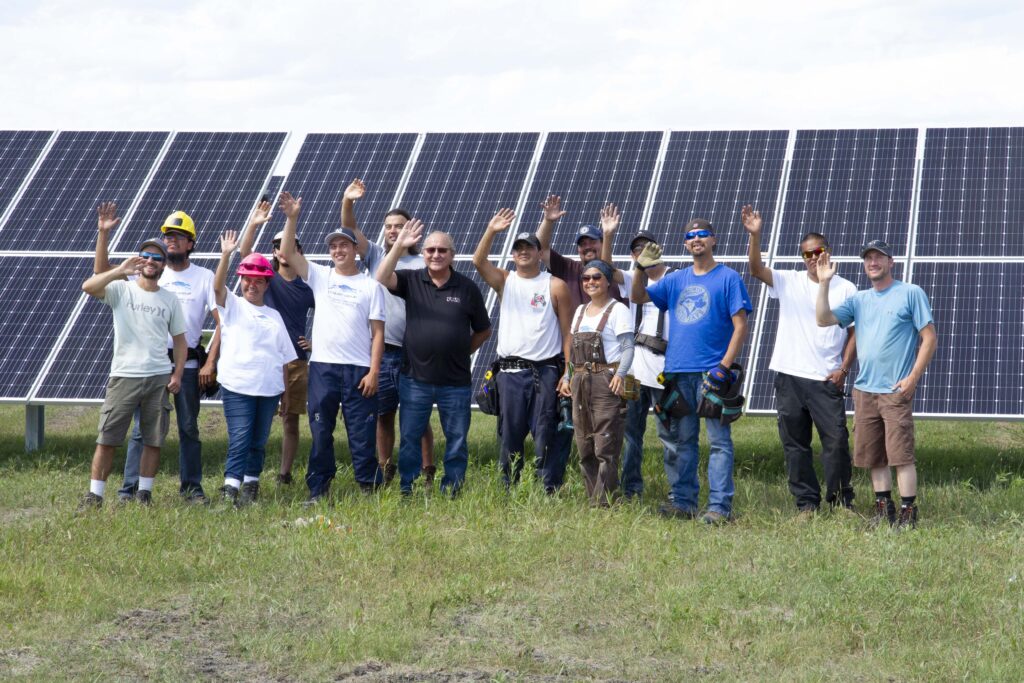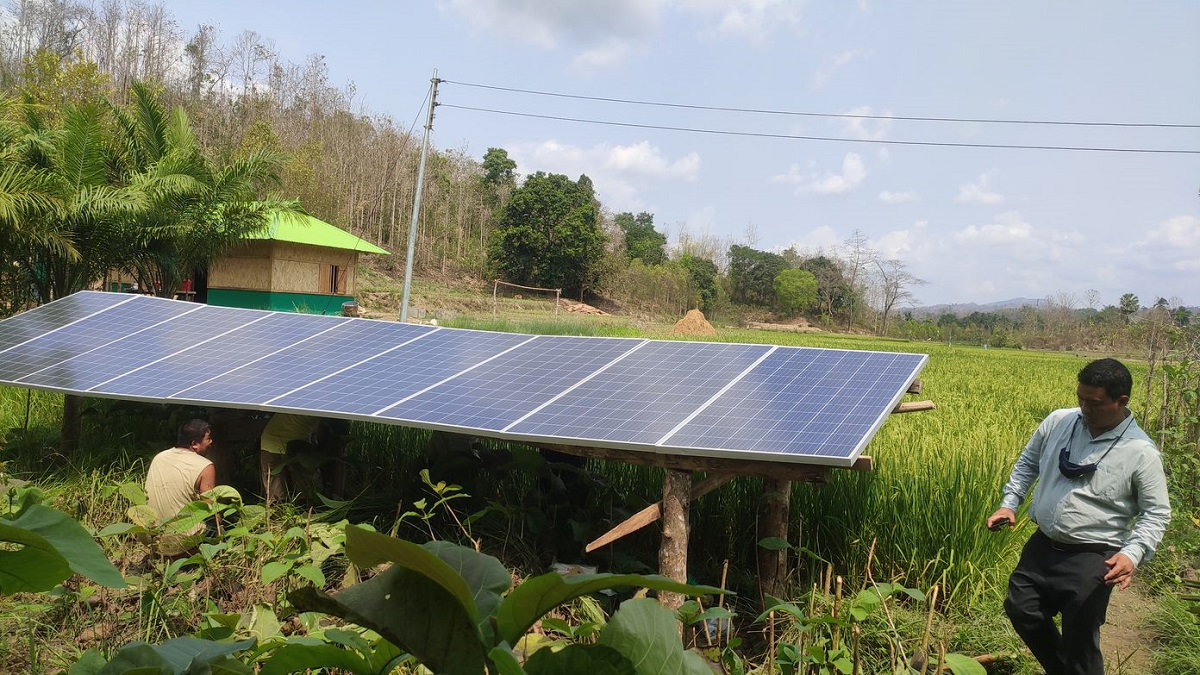
Introduction
Solar energy has become increasingly important in the global push for renewable energy sources. This article aims to explore the relevance and significance of solar energy specifically for indigenous communities. By understanding the historical background, key concepts, main discussion points, case studies, current trends, challenges, future outlook, and conclusion of solar energy in indigenous communities, we can appreciate the potential benefits and obstacles associated with this renewable energy source.
Historical Background
The adoption and use of solar energy have evolved over time. From ancient civilizations using magnifying glasses to focus sunlight for fire-making to the development of photovoltaic cells in the 19th century, solar energy has a rich history. Indigenous communities, on the other hand, have relied on various energy sources throughout history, often in harmony with nature. Understanding this historical context is essential in assessing the potential for solar energy in indigenous communities.
Key Concepts and Definitions
Solar energy refers to the harnessing of sunlight to generate electricity or heat. It is a sustainable and renewable source of energy that can be harnessed through photovoltaic panels or solar thermal collectors. Indigenous communities, often referred to as First Nations, Native Americans, or Aboriginals, are groups of people who have inhabited a particular region for generations, maintaining a distinct cultural identity. Empowerment, in this context, refers to the process of enhancing the capacity and autonomy of indigenous communities to make decisions and control their own energy resources.

Main Discussion Points
Benefits of solar energy for indigenous communities
Solar energy offers several advantages for indigenous communities. Firstly, it can significantly reduce energy poverty and increase access to electricity in remote areas. This is particularly beneficial for communities that are not connected to the traditional power grid. Secondly, the implementation of solar energy projects creates economic opportunities and job creation within indigenous communities. This can lead to improved livelihoods and reduced dependence on external sources of income. Lastly, solar energy contributes to environmental sustainability and climate change mitigation by reducing greenhouse gas emissions and promoting clean energy alternatives.
Challenges and considerations in implementing solar energy projects in indigenous communities
While solar energy has numerous benefits, there are also challenges associated with its implementation in indigenous communities. Cultural sensitivity and community engagement are crucial considerations in ensuring successful project outcomes. Indigenous communities have unique cultural practices and beliefs that must be respected and incorporated into project planning processes. Additionally, infrastructure and financing barriers can hinder the adoption of solar energy. Limited resources and inadequate funding can impede the development of necessary infrastructure and the purchase of solar technologies. Lastly, capacity building and technical skills development are vital for the long-term sustainability of solar energy projects in indigenous communities. Training programs and educational initiatives must be implemented to empower community members with the knowledge and skills required for effective operation and maintenance of solar energy systems.
Case Studies or Examples
Solar energy project in a specific indigenous community
One case study highlights a solar energy project implemented in a specific indigenous community. The project aimed to provide electricity to a remote village that had limited access to traditional power sources. The installation of photovoltaic panels and the establishment of a micro-grid system enabled the community to access reliable electricity. Successes of the project included improved living conditions, enhanced educational opportunities, and increased economic activities. However, challenges such as initial project costs and ongoing maintenance were also encountered. Overall, the project had a positive impact on the community, empowering its members and improving their quality of life.

Comparison of different solar energy projects in indigenous communities
A comparative case study examined various solar energy projects implemented in different indigenous communities. The projects differed in terms of scale, technology used, and community involvement. Lessons learned from these projects emphasized the importance of community engagement and cultural sensitivity. Additionally, best practices included a focus on capacity building, technical support, and long-term maintenance plans. By analyzing these case studies, valuable insights can be gained to inform future solar energy projects in indigenous communities.
Current Trends or Developments
Recent research findings have shed light on the impact of solar energy on indigenous communities. Studies have shown that the adoption of solar energy has positive social, economic, and environmental effects. Additionally, governments and policymakers have recognized the importance of supporting solar energy projects in indigenous communities. Policy initiatives and financial incentives have been introduced to encourage the implementation of renewable energy projects. Collaborations and partnerships between indigenous communities and renewable energy organizations have also emerged to promote sustainable development and energy autonomy.
Challenges or Controversies
Controversies surrounding land rights and project ownership have arisen in the context of solar energy projects in indigenous communities. Some argue that these projects may infringe upon indigenous land rights and undermine community sovereignty. Differing viewpoints also exist regarding the cultural implications of solar energy adoption. While some see it as a positive step towards sustainability, others express concerns about potential conflicts with traditional practices and beliefs. Furthermore, environmental concerns, such as the impact on wildlife habitats and ecosystems, need to be addressed to ensure the long-term viability of solar energy in indigenous communities.

Future Outlook
The potential for growth and expansion of solar energy projects in indigenous communities is significant. As the costs of solar technologies continue to decline and advancements in energy storage systems are made, solar energy is becoming increasingly accessible. Integration with other renewable energy sources, such as wind and hydro, can further enhance the reliability and sustainability of energy systems in indigenous communities. Community-led and culturally appropriate approaches will be crucial in ensuring the successful implementation and long-term viability of solar energy projects.
Conclusion
Solar energy holds immense potential for the empowerment of indigenous communities. Its adoption can address energy poverty, create economic opportunities, and contribute to environmental sustainability. However, challenges related to cultural sensitivity, infrastructure, and capacity building must be effectively addressed. Through case studies, research findings, and collaborations, the positive impact of solar energy on indigenous communities can be maximized. It is crucial to recognize the significance of solar energy in empowering indigenous communities and support their journey towards energy autonomy.




